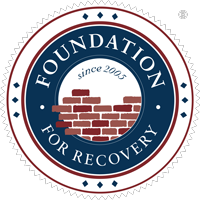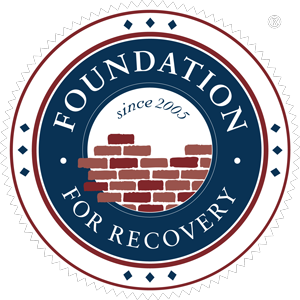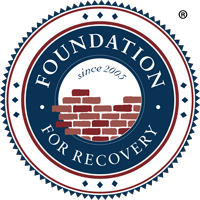Let’s set the groundwork with a little textbook framework around the Stages of Change before the rant begins. The first Stage of Change is pre-contemplation, which translates into you not necessarily thinking about making a change. The second stage is contemplation; this is where you are beginning to have somewhat of a desire to change, but you are still unsure. The third is preparation, working toward and planning to make a change. The fourth is action; at this point, you’ve made a decision and are walking through the change and creating new patterns. The final stage of change is maintenance; you’ve maintained balance and are staying on track and accountable to this change.
Change is hard. Whether you’re in recovery or not, evolution and growth isn’t for the faint of heart. It takes awareness, desire, hopefulness, and consistency. Consistency, this haunting and daunting word of stability and dependability sends chills down any fly-by-night’s spine. This quality is usually foreign to anyone new to recovery, and is unfortunately a monster to slay in long-term recovery. We love to try new things when we get off substances. We’re usually gung-ho about so many things all at once. But within a week of either mastering the craft, or growing bored of it, we move on to the next exploration, thus not obliging to anything fully. Examples of this could be fitness, healthy eating, going back to school, committing to a hobby, friendships, and even our recovery journey.
Through hearing other’s experiences, and applying them in my life to the best of my ability, here are 5 tools to getting, and STAYING in the maintenance stage of any mountain in recovery.
- Get a calendar: Use this as your maintenance bible. This will help with accountability.
- Create a support system: Follow liked-minded people on social media or in real-life.
- Celebrate your successes: Whether they are really big or really small, share them while relishing in your accomplishments! You may be someone else’s inspiration too.
- Find an accountability-buddy: Check in and motivate each other, especially when you are talking yourself out of anything.
- ChumbawambaTubthumper: If you fall, get right back up and keep going. Sorry if the 90’s music reference doesn’t translate.
One of the hardest things for anyone in recovery is becoming abstinent. Your whole world has shifted into uncharted territory, bowling with squares on the weekends. So guilty! Finding and staying in recovery shows us how resilient we truly are and how focused we can in anything we put our mind to! If you apply those same principles of recovery to any area of your life, you will be a rock star. (If that’s what your goal is.)
By Chelsey Mony, Foundation for Recovery










